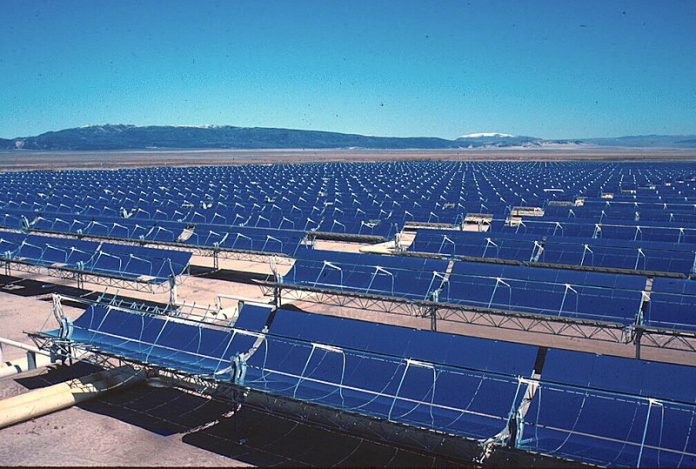California’s headlong rush to replace its electricity grid with renewable energy has given the rest of the country a preview of the decarbonized future that President Joe Biden and his revived Clean Power Plan envision for America. It isn’t pretty.
Before supply-chain woes and federal stimulus goosed inflation, California’s cost of living already ranked second highest in the nation. Enthusiastic efforts to rely more heavily on wind and solar power – touted as “cheap” sources of clean energy – have only made the state more expensive.
In 2015, President Barack Obama imposed his Clean Power Plan to replace all coal-fired power plants with natural gas-fired plants and renewable energy. California said “hold my beer” and passed its own Clean Energy and Pollution Reduction Act with even more ambitious decarbonization targets. To meet those targets, the state issued overzealous, poorly planned regulations that increased in-state electricity generation from wind and solar farms by over 20 thousand gigawatt hours per year. Wind and solar power now account for a quarter of California’s energy supply.
California and clean energy seem like a natural fit. The state’s sunny coastlines, bright deserts, windy mountain passes, and deep river valleys should offer bountiful sources of cheap, all-natural solar, wind, and hydropower. Unfortunately, they don’t. Nightfall, droughts and windless days take these renewable power sources offline. And when intermittent clean energy sources cannot keep up with demand, California power providers turn to natural gas and electricity imports that backstop the state’s grid, but which are now more expensive due to the insufficient storage and pipeline capacity created by the idealized rush to “cheap” clean energy.
Inefficient energy markets, unpredictable price spikes, unreliable power sources, and a hostile regulatory environment have all contributed to a 40 percent increase in the average California electric bill over the last five years. Retirees, low-income households, and middle-class families bear the brunt of the higher prices. Millions of Californians now stretch their already strained budgets just to cover food, fuel, shelter and an ever-rising electricity bill.
President Biden’s new clean power proposal for a pollution-free power sector by 2035 threatens to make this California experience one that every state may soon enjoy. Under the president’s plan, natural gas has virtually no future in America. California and the rest of the country will be forced to replace natural gas power plants with renewable sources that will make electricity production unreliable and therefore more expensive.
California’s climate and geography make it more suited to a clean energy grid than any other state, but even California must rely on natural gas to keep the lights on. That does not bode well for Ohio and other cloudy states. According to the Farmer’s Almanac, Ohio sees 63-77 sunny days per year. Michigan fares worse with only 65-75 clear days a year. California, on the other hand, sees the sun 146 days a year on average, second only to Arizona.
With half of California’s sunshine and no wind corridors near major cities, Ohio relies heavily on natural gas and coal-fired power plants for electricity. Complying with President Biden’s zero-emissions mandate would permanently retire those plants now supplying over 75 percent of the state’s energy. In a new report, The Buckeye Institute estimates that would raise Ohio’s electricity costs by nine cents per kilowatt hour, or an extra $810 per year for the average family. That buys roughly three months of groceries for the median Ohio household. By contrast, the average California household will spend an extra $665 a year for cleaner power – just six weeks of groceries.
Higher electric bills will also cost California and Ohio 10,000 jobs each by 2035, as businesses cut payrolls to offset the added expense and slower growth. But California has three and a half times as many workers, making that blow not nearly as severe.
California’s seismic shift to cleaner energy tells a cautionary tale. The Golden State may someday achieve fossil fuel independence, but that dream remains elusive. And imposing the Biden administration’s California-style emission reduction policy would be economically disastrous for states that rely on energy-intensive manufacturing and agriculture without California’s sun-kissed geographic advantages.
Despite their advocates’ urgent claims, renewable energy sources are still intermittent, unreliable and far more expensive than advertised.
Originally published by RealClearPolicy. Republished with permission.
Rea S. Hederman Jr. is executive director of the Economic Research Center at The Buckeye Institute. Will Swaim is president of the California Policy Center.
For more on California energy policies, click here.


























